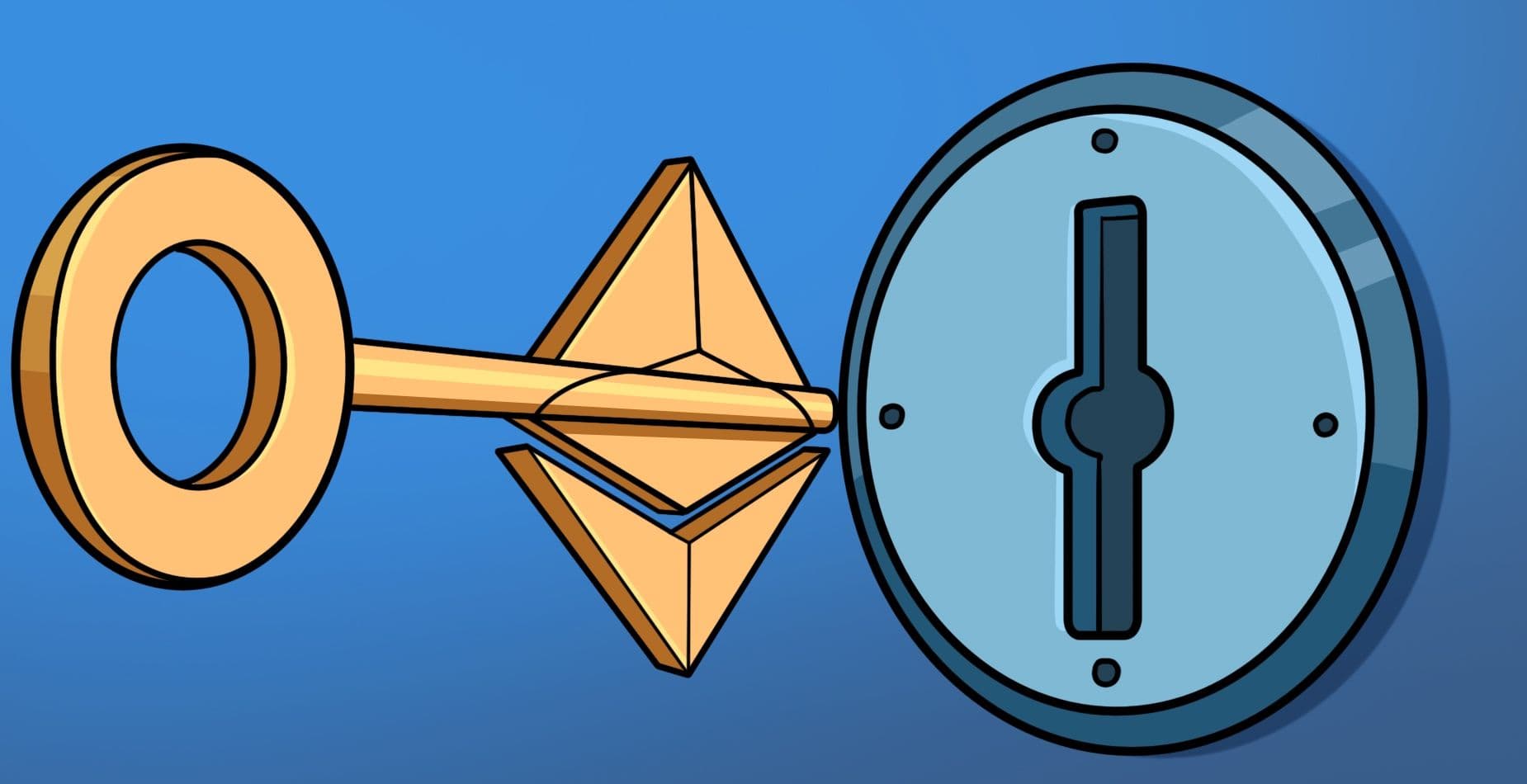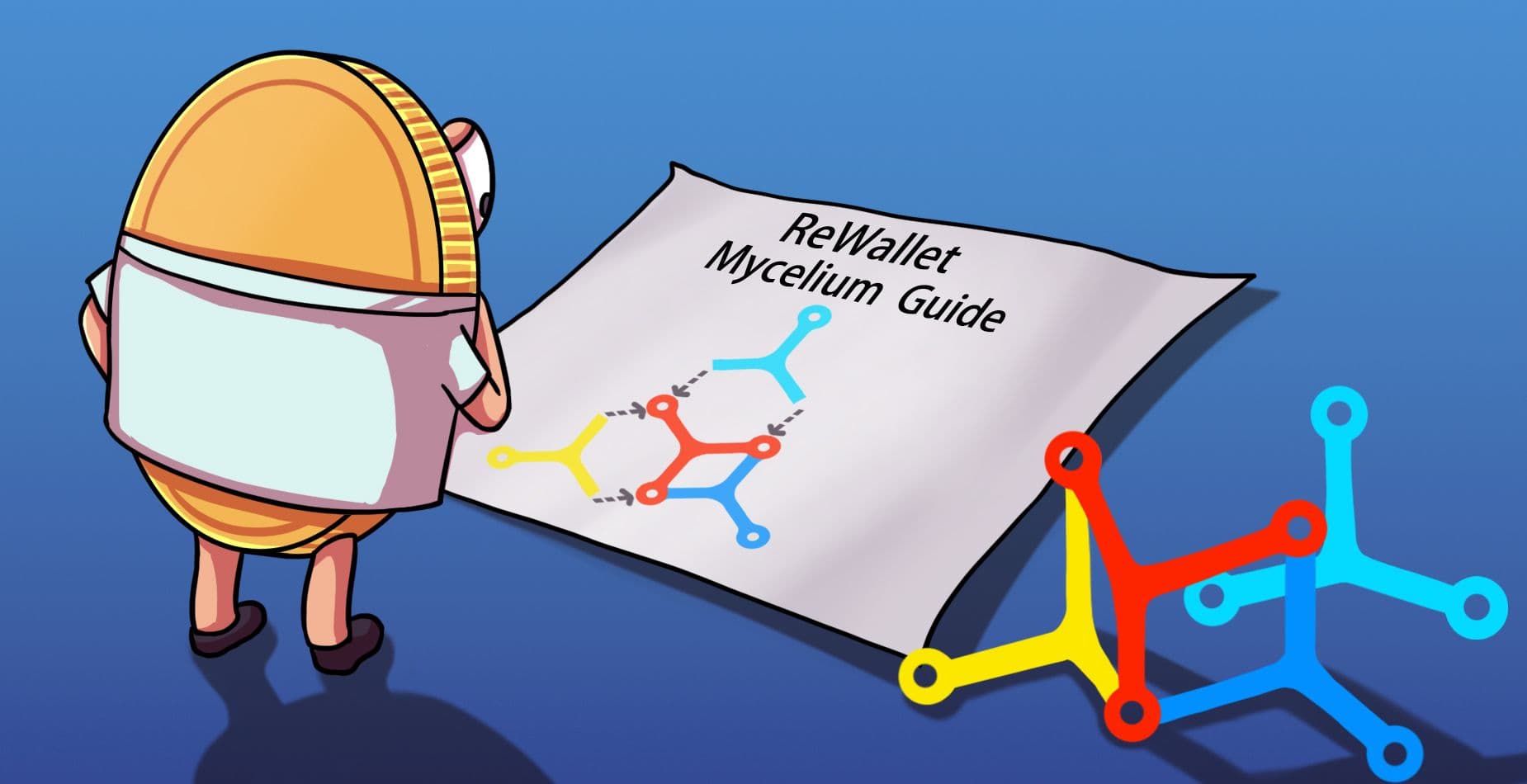Ethereum, the second-largest cryptocurrency after Bitcoin, has a fascinating and tumultuous history. It began in 2014 with an ICO (Initial Coin Offering), where Ether tokens were sold in exchange for Bitcoin. However, just two years later, a significant incident occurred that would split the Ethereum community.
The DAO was a project designed to act as a decentralized investment fund, structured as a Decentralized Autonomous Organization (DAO), as the name suggests. In such a DAO, investors hold governance tokens, which give them the power to influence decisions within the decentralized organization.
The DAO was organized in this way, and it was the first serious DAO project of its kind. However, The DAO became the target of an attack by an unknown hacker, who has never been identified. This attack posed a massive challenge to the Ethereum community. The hacker inflicted considerable damage, forcing Ethereum’s developers to take drastic measures to compensate the participants.
At the time, recovering the stolen funds already required a somewhat complex process. Now, many years after the notorious hack, retrieving your Ether has become even more difficult. That's why we’ll explain what the DAO hack meant for Ethereum and how you can still recover your Ether if you were affected.
Understanding the DAO Hack
In 2016, The DAO managed to raise approximately $150 million from investors to fund the proposed project. This ICO was extremely successful, and both investors and the wider crypto community were eager to see what the future would bring and whether the decentralized business model would succeed.
Unfortunately, many aspects of the project were poorly thought out, and The DAO’s code had numerous security vulnerabilities. If you're interested in the technical details, we recommend this article by B9lab, which explains the various attack vectors in detail.
On June 17, 2016, The DAO was hacked, and the attacker was able to drain around 3.6 million ETH from the smart contract—an enormous loss. If we calculate the value of that amount at today's Ethereum prices, the hacker's haul would be worth billions of dollars. In response to the attack, a plan was devised to protect about 70% of The DAO’s funds. However, because the plan was only partially successful, Vitalik Buterin, Ethereum’s co-founder, proposed a series of solutions to the community to address the situation.
One of these options was the most radical, and it was implemented on July 20, 2016, when a hard fork of the Ethereum blockchain was executed. This fork effectively reversed the hack. This action remains controversial to this day, as blockchain technology is supposed to guarantee transaction immutability at all costs. The hard fork also marked the birth of Ethereum Classic, because on the Ethereum Classic blockchain, the hack was not reversed. On the Ethereum blockchain, the victims of the hack were compensated, whereas on the ETC blockchain, they were not.
Why have many never recovered their Ethereum?
DAO token holders had a number of opportunities following the hack to swap their DAO tokens for ETH, including using a smart contract called WithdrawDAO directly via MyEtherWallet.
However, any recovery was reliant on users having access to their Ethereum wallet's private keys. Therefore, many DAO token holders never exchanged their tokens and have missed the opportunity altogether.
In our experience, there are a number of different scenarios that can lead to loss in this case:
- Users didn't have the private key of the Ethereum wallet that they used to store their funds.
- Users didn't know that Ethereum was required for transaction fees and believed that they had the private key incorrect after a failed transaction.
- Users were unable to claim multi-signature wallets because they lacked the technical understanding.
- Users thought the restoration wasn't feasible due to missed deadlines.
Whatever the reason, you can still recover your Ether today.
How can I claim my DAO tokens?
The most important thing before you start the recovery is that you have access to your private key for the Ethereum address. Without this, it will not be possible. Once you have this, it is crucial that you pick the right tool for the recovery as any mistake during the procedure can result in a permanent loss of funds.
Using the WithdrawDAO smart contract directly with Geth may be a possibility, but it requires sufficient expertise and is not recommended for most users.
The second method is using a smart contract application like MyEtherWallet. This was possible for a long time, but as the application is updated regularly, some functionalities were unfortunately limited in a 2021 update. As a result, the ‘claimDAO’ button that automatically sent the transaction for you after providing your private key is not available anymore.
What to do if the DAO recovery fails
In our experience restoring The DAO transactions, we have noticed that many attempted recoveries do not succeed because of an error during the process. This can be caused by a number of variables, and it is important to note that no solution can provide a 100% success guarantee. Therefore, it is crucial that the recovery is carried out with sufficient caution to limit any risk of permanent loss of funds.
If you need assistance with recovering your Ethereum from the DAO hack, feel free to reach out to us. Our team at ReWallet specializes in wallet recovery and has helped many clients reclaim their ETH.





